Shrubs are perennial plants of small to medium size that can add colour and texture to your garden. They provide shelter and food for birds, butterflies, and other wildlife and a decent number and variety of shrubs will help attract and keep them. Shrubs can grow several metres tall and act as a barrier or border to your property increasing privacy. They can reduce noise and air pollution by absorbing carbon dioxide as well as improving soil quality and preventing erosion of banks. Shrubs come in a wide range of colours and sizes and there are both evergreen and deciduous varieties.
Factors to Consider Before Choosing Shrubs.
There are several things to consider before buying your shrubs as ideal conditions for one type may not be good for another and for best results find a type that will be well suited to your garden.
1. Will they receive a lot of sunlight or are you planning to plant them in a very shaded area? Some shrubs need full sunlight whereas others are quite happy with a lot less.
2. What type of soil do you have? Shrubs have different preferences and tolerance for acidity and alkalinity.
3. Is the area dry or is it prone to flooding? Some varieties cope with very wet conditions better than others.
4. Do they need a lot of pruning and maintenance? Are you looking for a variety that can just be pruned once a year or are you prepared to prune, trim, shape and feed them regularly to get the best results?
5. What is the climate of your area? Do you get extremes of temperatures especially in Winter as certain types of shrubs are hardier than others?
6. What size shrub are you looking for? Do you want something that grows 3 metres tall and acts as a barrier to your property or are you just looking to cover a small patch with a shrub that has bright coloured flowers?
12 Best Shrubs To BUY
1. Buddleia. Also known as the butterfly bush for the way it attracts them on sunny Summer days the buddleia is a fast-growing shrub that is very common in the UK. It has several varieties all of which have cone shaped flowers that can be purple, white or pink. It should be pruned hard in March or April and it will grow several feet in as many months. They like full sun and can be grown in any reasonable soil. It is also easy to propagate by taking cuttings from usually in Autumn. One of my favourites for the Summer when they can be covered by a wide range of butterflies, bees and insects.
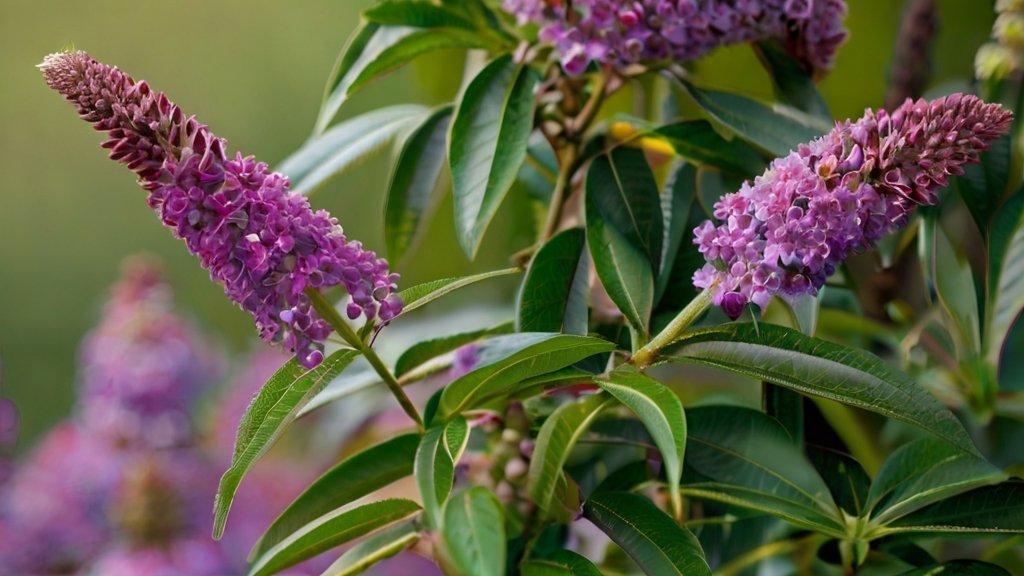
2. Forsythia. Another very common shrub that grows to around 3m high, the Forsythia was named after the horticulturist William Forsyth who was an ancestor of the TV star Bruce Forsyth. A fast-growing shrub most notable for its bright yellow flowers early in March it then becomes a green leaved shrub for the rest of the year. One of the easiest shrubs to grow they will thrive in almost any sort of soil with plenty of sun or partial shade. They should be pruned soon after the flowers have died back in Spring. Cut the stems back as well as maybe a quarter of the older branches from the base. Avoid pruning later in the year as this will reduce next years flowers. It’s important to prune annually as they can quickly get out of control and messy, but whilst you shouldn’t usually cut them excessively, they will soon recover if you feel it’s necessary to do that with a neglected plant. They can be grown into a hedge or kept as a one-off shrub.
3. Fuchsia. Another very commonly grown shrub Fuchsias have bell shaped flowers that last from the middle of Summer until the first frost of Autumn. Easy to grow in any decent soil they like full sun or partial shade. They should be pruned in Spring when dead shoots should be removed and the plant cut back to a few cm above the ground. There are countless varieties and it’s best to choose a hardy fuchsia that can happily survive the UK winter.

4. Hydrangea. There are over 70 species of this very popular shrub which can grow to a height of nearly two metres. It does have varieties that grow to less than half that height so before buying one make sure you have chosen one that is suitable for your wishes. They have big round flowers that can be blue, pink, purple or white. The acidity of the soil can affect the colour of the flowers which usually grow in large mopheads at the ends of the stems.
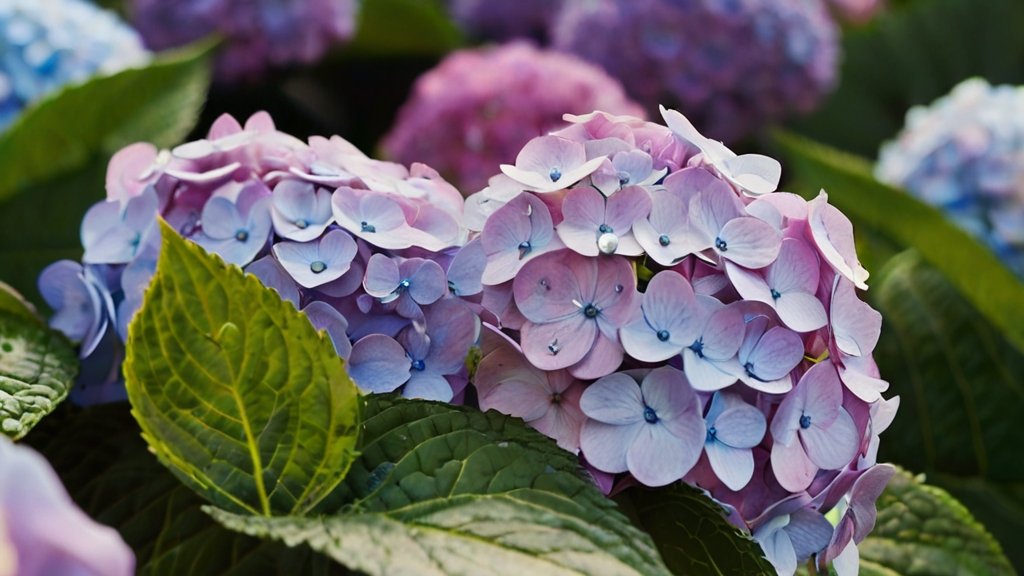
5. Hibiscus. There are hundreds of species of this very popular shrub which has indoor and outdoor varieties. They can grow to a height of just under two metres in any soil, but they do need plenty of sun and some shelter from winds. A late flowering shrub it has large roundish flowers that can be a range of colours including white, pink or blue. Very little pruning is needed, you can just remove dead or long branches in Spring.
6.Hebe. Hebe’s are compact evergreen shrubs that grow in a wide variety of sizes although the most common types are just over a metre in height. They flower from mid-summer until the Autumn and their colours vary from blue, white, pink and purple. They like full sun and handle most soil types. Often seen near coasts as they cope with the salty winds very well, they can be made into hedges if required. Easy to propagate from cuttings they are an easy to maintain shrub that needs little pruning and they attract Bees and Butterflies to your garden.
7.Lavender. A very commonly grown shrub whose familiar smell is known to all, the lavender comes in many varieties. The best-known English lavender grows to just over a metre in height and has most often has blue flowers, but you can get pink and white varieties. They like a lot of sunshine and a well-draining soil. You can prune back plants in the early Spring but avoid hard cutting back into the harder wood. Cuttings can also be taken in Summer or early Autumn.
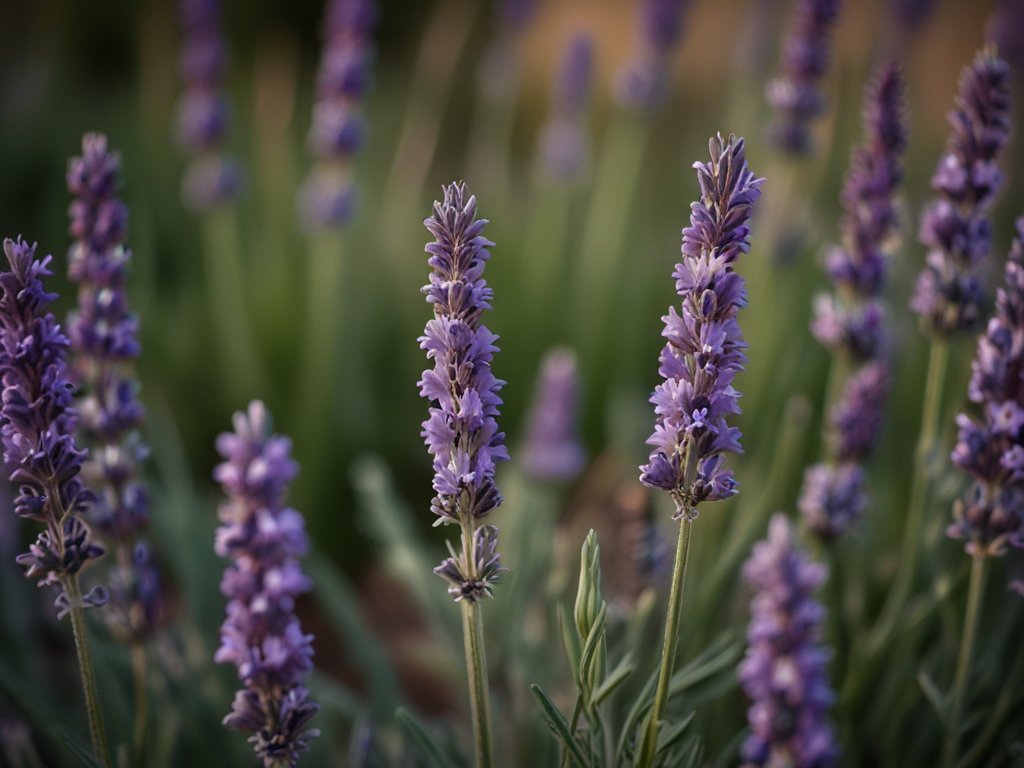
8. Azaleas and Rhododendrons. Two closely related small to medium size shrubs whose main difference is that whilst Azaleas are deciduous plants that lose their leaves in Autumn Rhododendrons are evergreens. There are a huge variety, but the most common ones grow to about two metres tall and flower in April or May. Azaleas tend to be smaller but with so many varieties there are always exceptions and when choosing its extra important to find the type you purchase is the ideal one. Flowers come in a wide range of colours and dependant on the species can start from early Spring onwards. They are not an easy one to propagate and most people will be better of buying a new plant.
9. Pyracantha. Commonly known as the Firethorn this shrub has a white blossom in Spring and produces masses of berries in Autumn that may be red, orange or yellow. They can grow up to four metres in height and can be made into a hedge or trained against a wall. As the name Firethorn suggests they have very long and strong thorns and great care is needed when pruning them even when wearing protective gloves. For some people that may be off putting but for those planning a border hedge they provide a very good natural security. They will grow in most soils and whilst they like a lot of sunlight will also grow in more shaded areas.
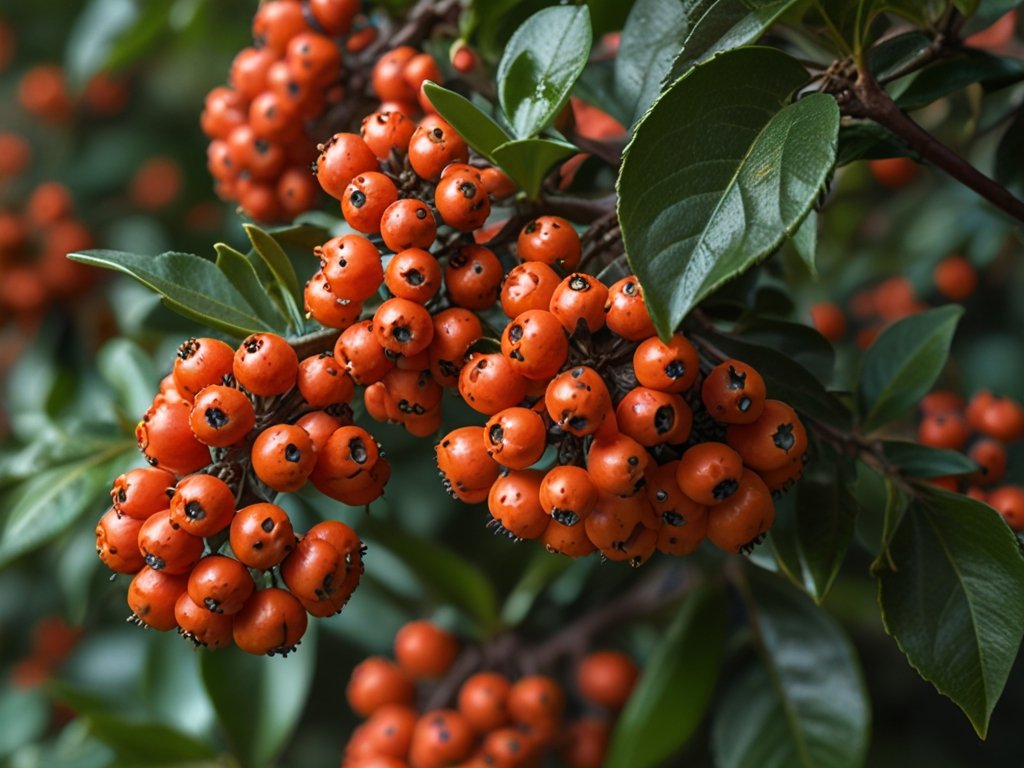
10.Magnolias. They vary from smaller shrubs to full sized trees and when they are in full flower can be a very impressive sight. Their large fragrant flowers usually range from white through to pinks and are at their best during late Spring or early Summer. There are both evergreen and deciduous species most of which will grow in any type of soil, but some do prefer more acidic conditions. A full-sized magnolia needs a lot of space but could really transform your garden and luckily there are plenty of small varieties that any garden can accommodate.
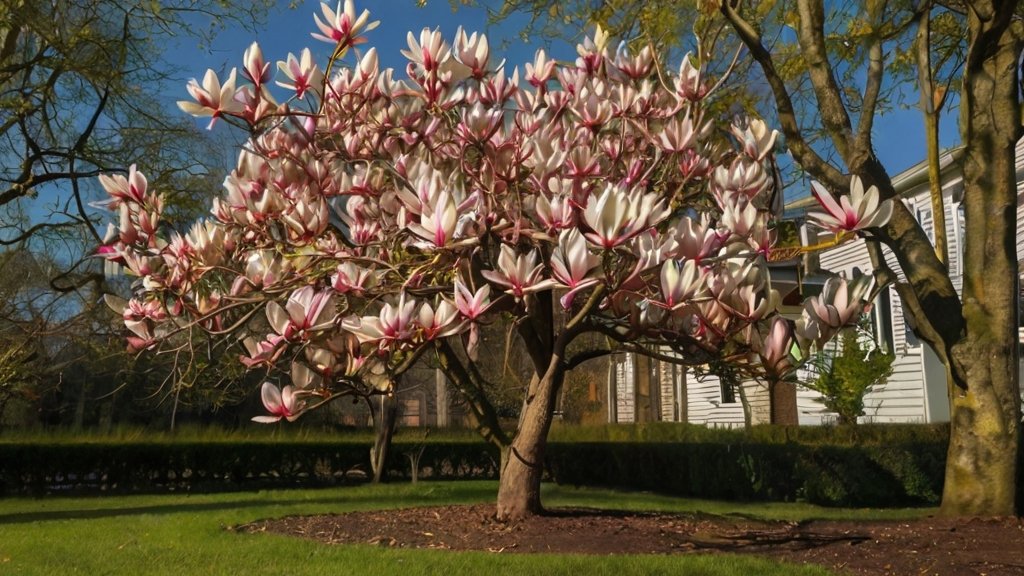
11.Lilac. A very attractive shrub/small tree that produces purple, pink or white tubular shaped fragrant flowers from late Spring. They are best pruned after the flowers have finished as if you leave it until late Summer or Autumn you will lose next years flowers. They are best when pruned annually but if you have a long neglected one you can prune it hard to a height of under a metre without problems. Easy to grow in most soil conditions they prefer a sunny position.

12.Holly. The instantly recognisable Holly has over five hundred varieties worldwide some of which are evergreen and some deciduous. They can be grown as part of a hedge where their spiky leaves provide a secure border or as a single shrub or tree. Holly actually has both male and female plants and only the latter produce the red berries that everyone associates with it. If you have wondered like I have in the past why there’s no berries, then this is likely the answer. They grow well shade or partial shade and like a moist well drained soil.
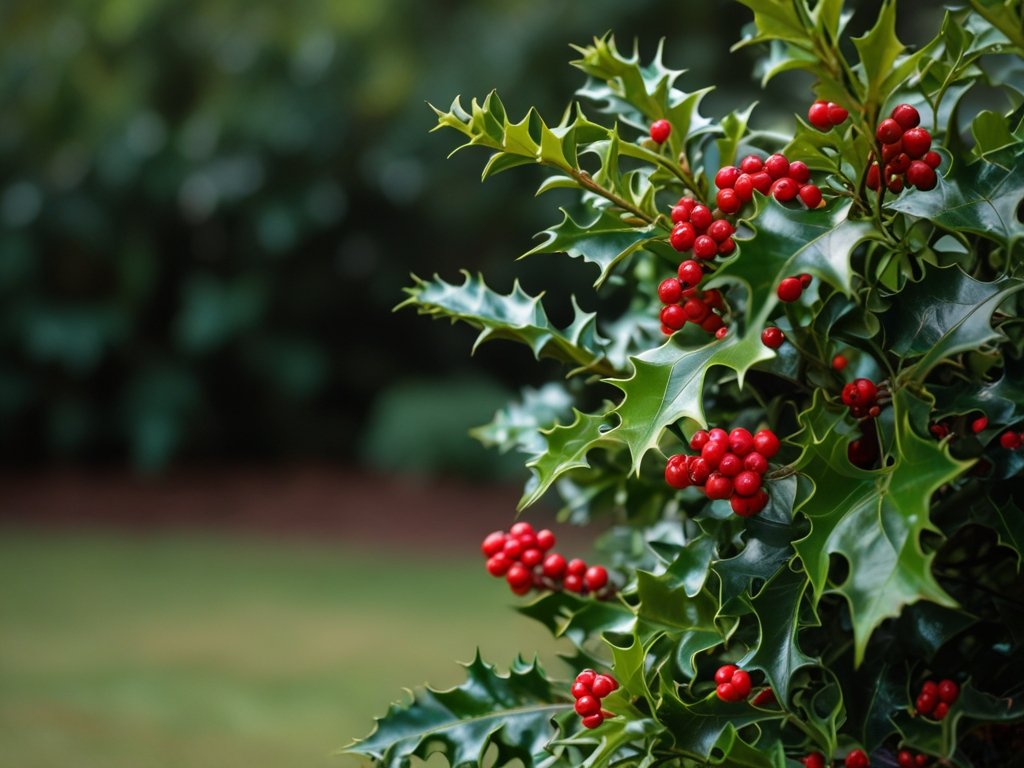
Conclusion
Whether you want a low-maintenance ground cover, a colourful border, or a solid hedge for privacy and security, there is a shrub that suits your needs and preferences. In this article, we have listed 12 of the best shrubs for your gardens, each with its own characteristics. Within each one there are dozens or even hundreds of varieties to choose from. There are also many many other species that you can find that are equally easy to grow and would also enhance your garden. The choice is almost endless.
We hope you have enjoyed reading about them and found some inspiration for your own planting. We wish you luck with whatever you choose to buy. Happy gardening!
